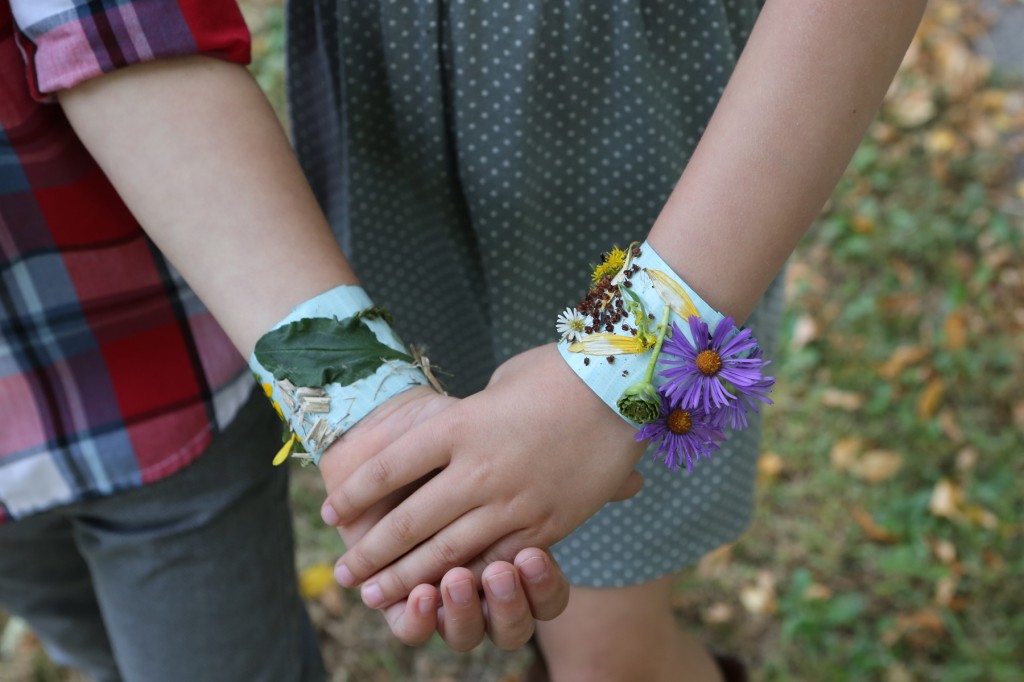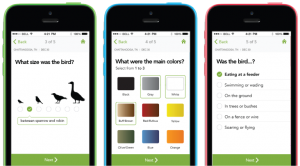Tag: nature’
Summer Science- Botany for Kids (pressing plants and making a plant collection)
- by KitchenPantryScientist
With summertime here, kids will be spending more time in parks, backyards and at cabins. Pressing plants to make a botanical collection and nature journaling get them outdoors to interact with the environment and discover the science all around them. Here’s a short video demonstrating how to press plants using cardboard, newspaper, watercolor (absorbent) paper and a heavy book.
(Project from The Kitchen Pantry Scientist, Biology for Kids Quarto Books, 2021)
Outdoor Science Apps
- by KitchenPantryScientist
It’s almost summer! Whether you’re heading to the back yard, a park or a nature center, here are a few of our favorite free apps to enhance your next outdoor adventure…
Merlin Bird ID (free) The Cornell Lab of Ornithology makes it easy to identify that mystery bird in your back yard. http://merlin.allaboutbirds.org/
Leaf Snap: (free) Take a photo, identify a plant.http://leafsnap.com/
Bee Friendly: (free) Be a citizen scientist with this cool app that lets you identify and tracking pollinators like bees in your area. http://earthwatch.org/scientific-research/special-initiatives/bee-friend-your-garden
Starmap: iOS (Starmap Lite is free.) Use this app to easily find and identify constellations in the night sky. http://www.star-map.fr/
ISS Spotter: (free) It’s cool to watch the International Space Station fly across the horizon at night. This app will help you spot it, and even has an alarm so you don’t miss it. https://itunes.apple.com/us/app/iss-spotter/id523486350?mt=8
Magnificent : (free version) Magnify leaves, bugs and anything else you want to take a closer look at. http://habitualdigitalsoftware.com/
Nature Walk Bracelets
- by KitchenPantryScientist
I can’t get over how young my kids look in this post, which I first published a few years ago. This is a great science/art crossover project and one of these bracelets would make a fantastic Mother’s Day gift! Just bring an extra bag along and pick up some extra flowers, petals, leaves and seeds for mom’s bracelet. You can assemble it when you get home. Just leave one edge leaf-free so you can put it on her wrist!

Spring has finally arrived, and a fantastic way to enjoy it is to take a nature walk. While you walk, watch for signs of spring and assemble your discoveries on your wrist with a nature walk bracelet. It’s always a good idea to bring a few bags along too- one for larger treasures (like pine cones) and one for trash. You can study nature and clean up the environment at the same time!
All you need is duct tape. Cut the tape so it fits comfortably around your wrist and tape it around like a bracelet, sticky side out. Take a walk in a park or down your own street and look for small leaves, acorns, flowers and other natural artifacts to adorn your wristlets. Be sure to watch for birds while you walk! There are a number of great apps you can use to identify what species of plants you find, including Leafsnap!

We wore our bracelets all afternoon and several people mistook them for real jewelry. My oldest daughter thought they looked even prettier as the leaves and flowers wilted and flattened out on the tape.
 Enjoy!
Enjoy!
Technology and Nature: What’s That Bird?
- by KitchenPantryScientist
Last week, the kids and I saw a bright red bird with a blue head. Baffled, I pulled out my favorite bird identification app: Merlin Bird ID, from the Cornell Lab of Ornithology. The app is free, available on the App Store and Google play, and much of the data in the app has been collected by citizen scientists, like you and me!
To use the app, you simply answer 5 simple questions about the bird you see and the app draws on a wealth of data to help you identify the bird. It comes up with a list of likely matches, and you choose the bird you’re looking at to learn more about it, and even listen to a recording of its song.
Normally, we can quickly identify the bird we’re stalking using the app, but the blue-headed red bird was tricky, so we went online to do more research. Merlin Bird ID suggested that it might be a cardinal, so we did a search for blue headed cardinals and discovered that we’d seen a bald-headed cardinal. It seems that some cardinals and blue jays molt all their head feathers at once, leaving their bluish skin exposed.
Cool.
Science Notebooks
- by KitchenPantryScientist
Summer is a great time to start a science notebook! Not only can you keep track of experiments, you can take your notebook with you when you go hiking, camping, to the lake, or on even on a walk through the neighborhood. How many different kind of trees do you see? Draw a bug, leaf or mushroom that you’re not familiar with and see if you can identify it when you get home. Walk the same trail every few weeks and record how the plants and animals you see change with through the season.
Note for parents: It is amazing how well kids observe the world. Mine notice things that I have become completely oblivious to, after years of exposure. If you look closely at children’s drawings, you’ll see that seemingly insignificant details achieve huge scale. Very young kids don’t understand perspective, but they also haven’t put on blinders the way most adults have.
A science notebook is a great way for kids to illustrate and catalog their discoveries and observations. You can buy a lab notebook, but it work equally well to just use a spiral notebook, a loose leaf binder they can add pages to, or a composition book. You can even staple some pieces of paper together and write “Lab Notebook” on the cover!
Send your kid outside to draw a bug or plant. Have them keep tally of how many birds they hear sing in five minutes. In the fall, they can press leaves in their notebook. If it’s rainy, have them find a rock or shell from one of their collections and draw it. My son loves to copy facts about his favorite animals from National Geographic!
Do a science experiment and have them draw a picture of what they did and make a chart of the results (there are tons of easy experiments on this website.) Anything they can think of is great. Be sure to have them or help them write the date on each page they write something on. Tell them this is very important for a junior scientist! Older kids will be able to write great descriptions and even take photos to tape into their notebooks.
Someday, far in the future, your kid’s lab notebook may help them remember what it is like to look at the world through a child’s eyes.

